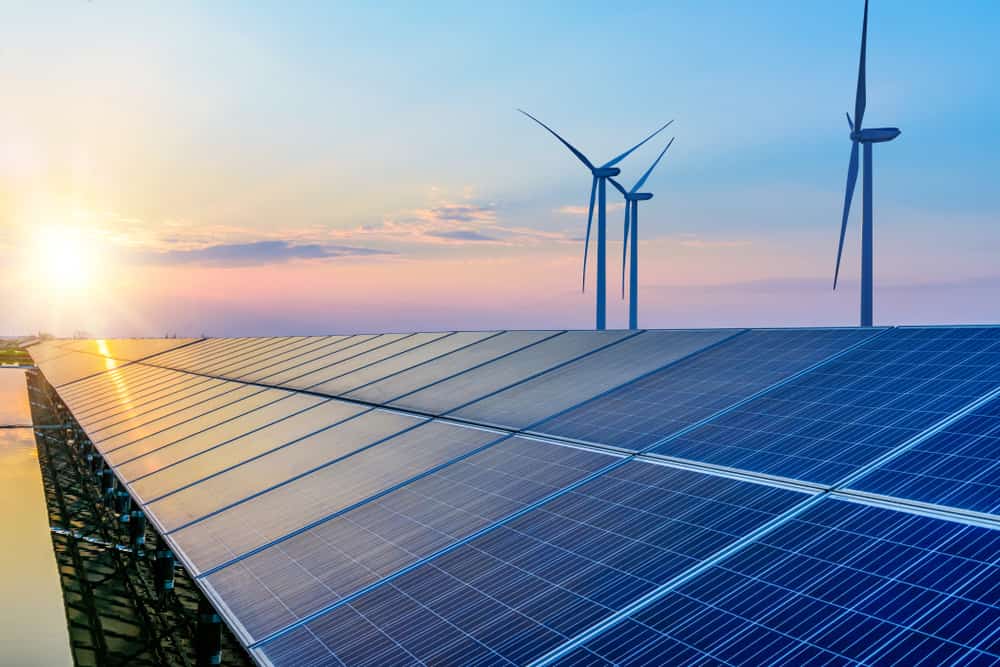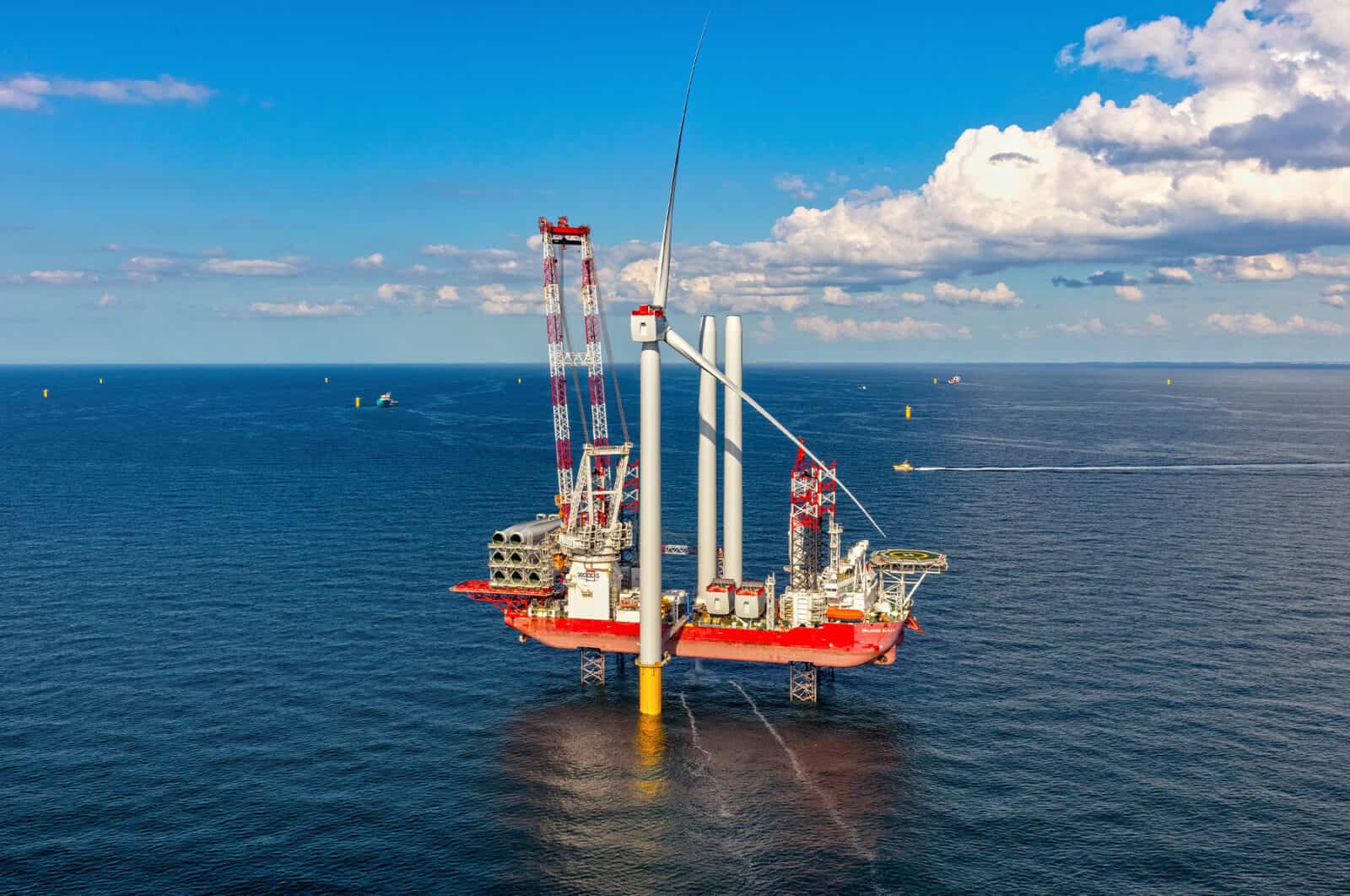
With the huge economies of scale for wind power production, price declines for solar panels, and rising fossil fuel costs, wind and solar have become the cheapest energy sources by 2022. Last year, wind and solar power met 80% of electricity demand growth. This is according to the Global Electricity Review 2023. The review predicts that clean energy growth is likely to outpace electricity demand growth in 2023, leading to a small decline in fossil power generation. Russia’s invasion of Ukraine has accelerated electrification, driving emissions reductions in other sectors and putting pressure on clean energy growth.
Wind and solar surpass fossil fuels
The Global Electricity Review 2023 shows that wind and solar power are now cheaper than fossil fuels. In 2022, wind and solar power supplied 12% of global electricity demand, up 2% from 2021. Wind and solar accounted for 80% of the increase in electricity demand, indicating that these renewable energy sources are outpacing the growth of fossil fuels.

Due to Russia’s invasion of Ukraine, fossil fuel prices increased, leading to an accelerated transition to alternative energy sources and a reduction in the use of fossil fuels. China added 50% of global wind power and 40% of new solar power by 2022, contributing to the growth of renewable energy sources.
The decline of fossil fuel generation
According to the International Energy Agency (IEA), electricity and heat generation accounted for nearly 40% of global CO2 emissions in 2021. To achieve net zero emissions by 2050, the IEA recommends reducing coal-fired power plant generation by 8.3% annually and gas-fired power plants by 3% between 2021 and 2030.
In 2022, coal-fired electricity generation increased 1.1% and gas-fired generation decreased 0.2%. Ember expects electricity generation from fossil fuels to decrease by less than 0.5% in 2023, and to decrease further over the next decade.
The challenges and opportunities of the energy transition
While the growth of wind and solar power is impressive, there are still challenges and opportunities in the energy transition. More growth is needed from all other clean sources of electricity, and more attention must be paid to efficiency to avoid rampant growth in electricity demand. Urgent work is needed to ensure that wind and solar energy can be integrated into the power grid, such as obtaining permits, connecting to the power grid, increasing grid flexibility, and designing the power market.

The decline in electricity generation from fossil fuels means not only that coal-fired power plants will decline but also that, for the first time, a decline in gas-fired power plants is within reach. However, how quickly emissions from power plants will decline is not yet certain. It depends on the measures being taken now by governments, businesses, and citizens to put the world on the path to clean energy by 2040.

